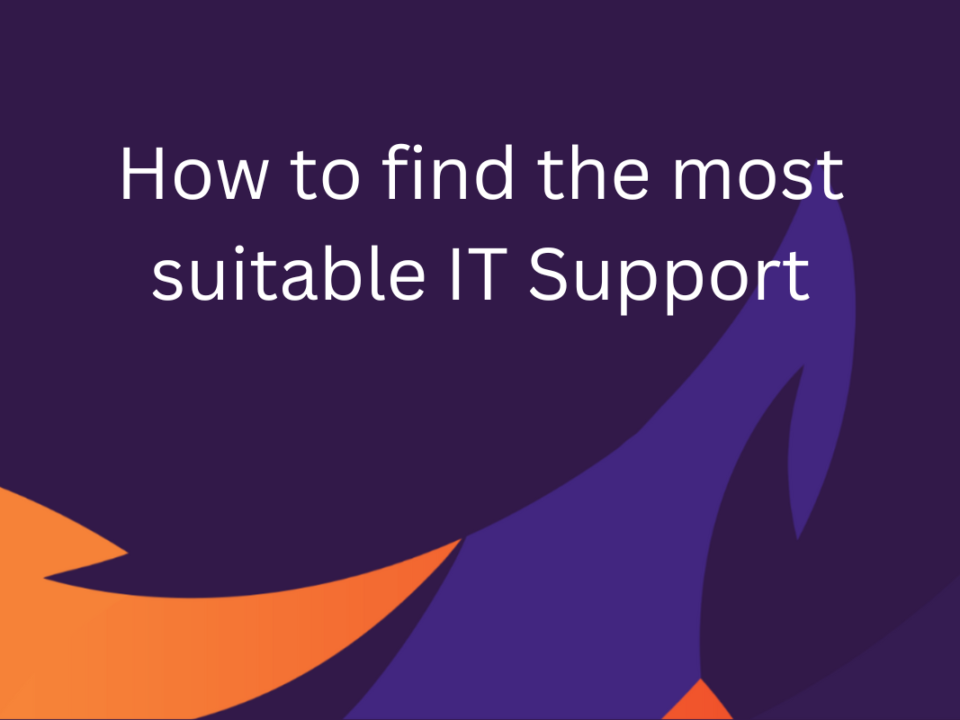New Year, New Passwords
New Years resolution, why not change some of those old passwords?
Good password management is essential for keeping your personal and professional information secure. Here are some best practices for managing your passwords:
Use strong, unique passwords: A strong password is at least 12 characters long and includes a mix of uppercase and lowercase letters, numbers, and special characters. Avoid using easily guessable information, such as your name or birthdate.
Use a password manager: A password manager is a tool that generates and stores strong, unique passwords for all your online accounts. This means that you only have to remember one master password to access all of your other passwords.
If you don’t have to use a password manager, here’s an idea: think of a nursery rhyme, favourite song, poem, or something similar. Use a format that is known to you and only to you. Vowel letters are lowercase, f’s are £, etc, etc.
Can you work out which nursery rhyme this password is?
J&JWuTHT£aPoW!1
Now that you’ve worked out which nursery rhyme it is, how easy is it to remember? Quiet easy, wouldn’t you say?
Avoid using the same password for multiple accounts: If one of your accounts is compromised, all of your other accounts are at risk if you use the same password for multiple accounts.
Update your passwords regularly: It is a good practice to change them every few months, especially for important accounts such as email or financial statements.
Be cautious of phishing scams: Scammers often try to trick people into giving away their passwords by posing as a legitimate company or organisation. Never give your password to anyone or click on links in emails or text messages that ask for your password.
Use multi-factor authentication (we even recommend our top three Apps for Apple’s iOS and Googles Android): multi-factor authentication adds an extra layer of security to your accounts by requiring a second form of identification, such as a fingerprint or a text message code, in addition to your password.
Use a separate email address for essential accounts: Do not use your personal email address for accounts that contain sensitive information. Instead, create a separate email address for these accounts and use a strong password for that email account.
Be vigilant about monitoring your accounts: Check your account activity regularly to ensure that there are no unauthorised login attempts or other suspicious activity.
Secure your devices: Always lock your computer or phone when you are not using it and ensure that your operating system and security software are up to date.
Educate yourself: Stay informed about the latest threats and trends in online security.
Following these password management best practices can help protect yourself and your information from cyber threats. Remember that cybercrime is a constant risk, and you should always be vigilant about protecting your sensitive information.
If you need deeper advice on the authentication to access user profiles or corporate data, feel free to reach out to me. Book my calendar here




